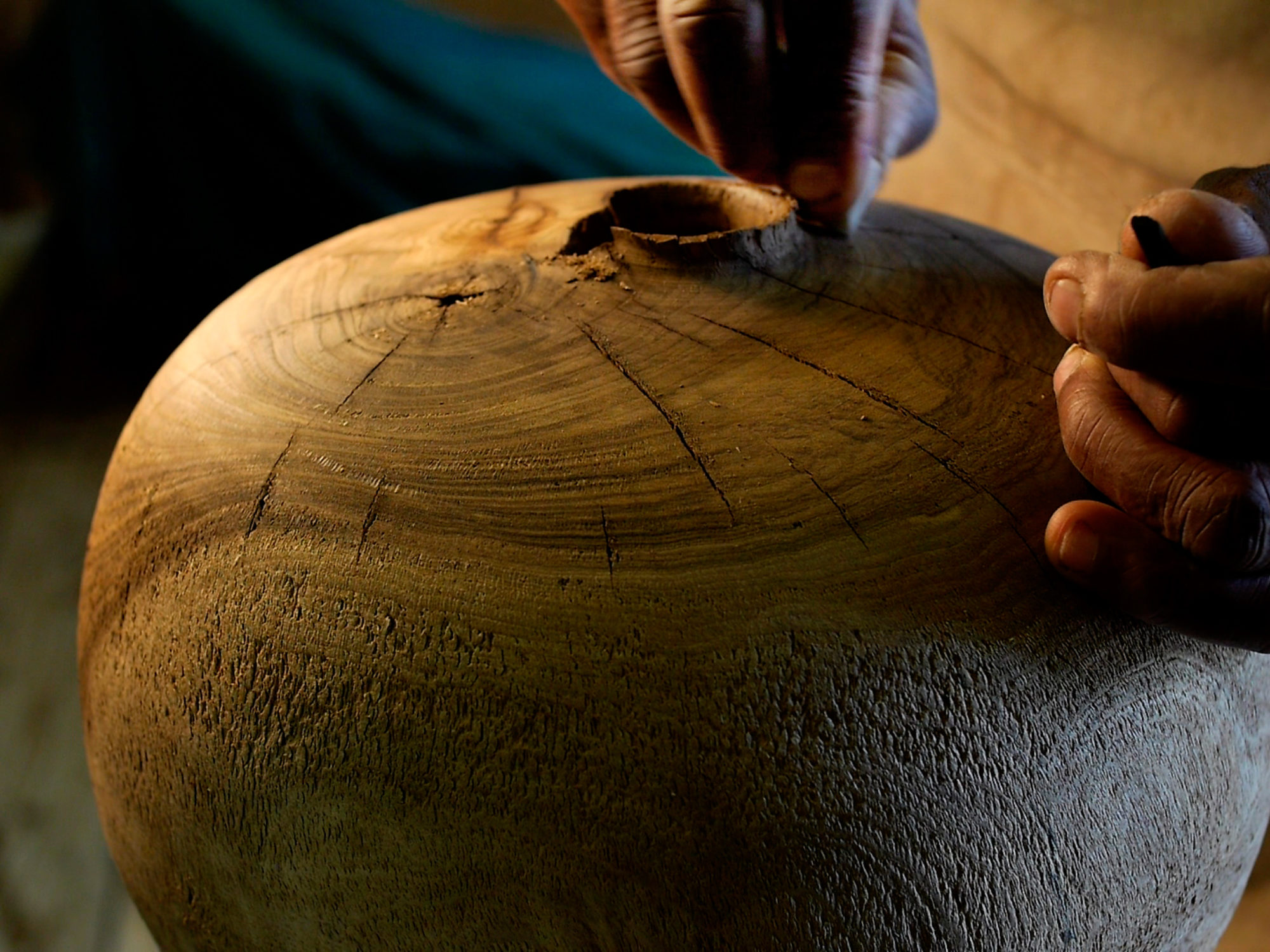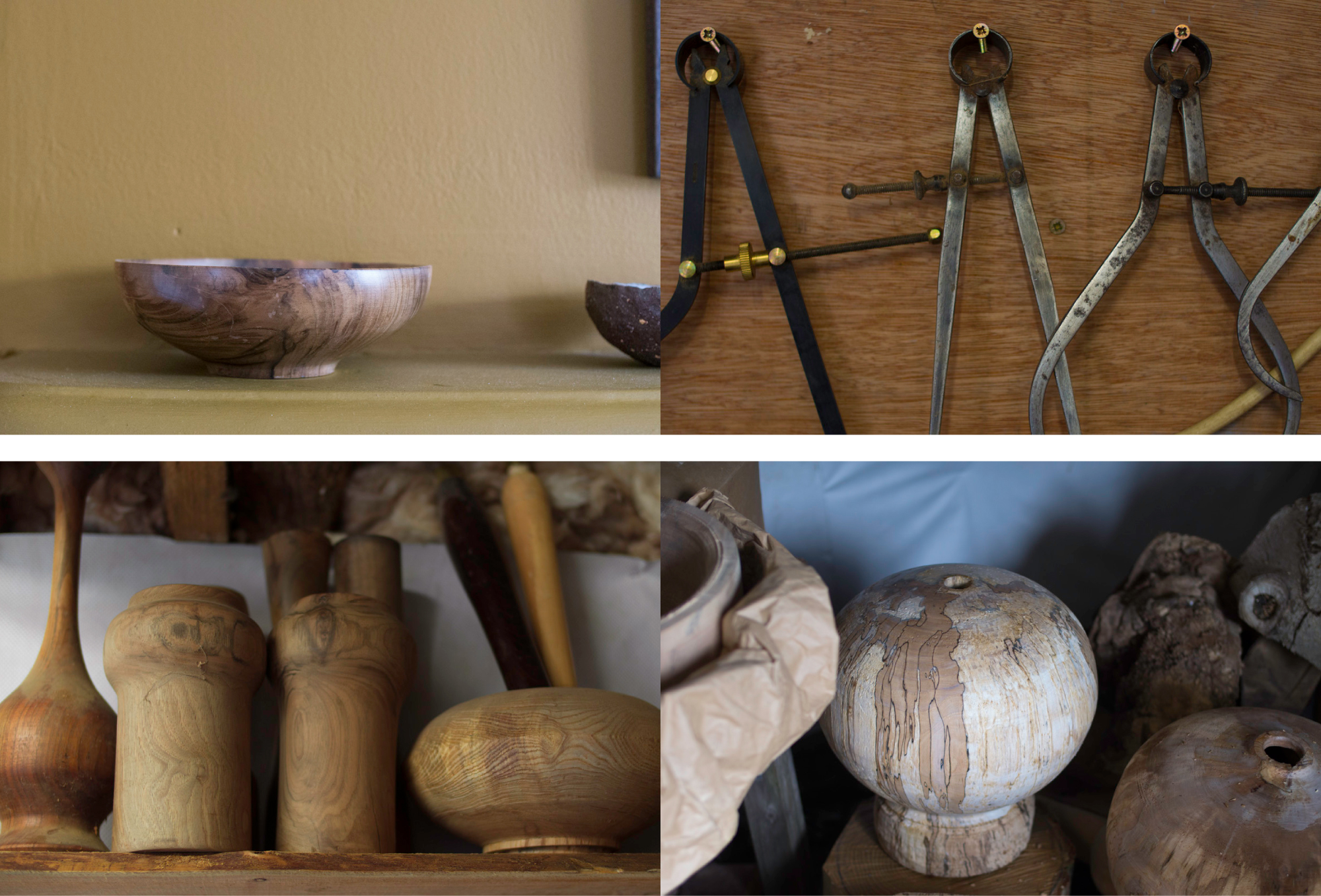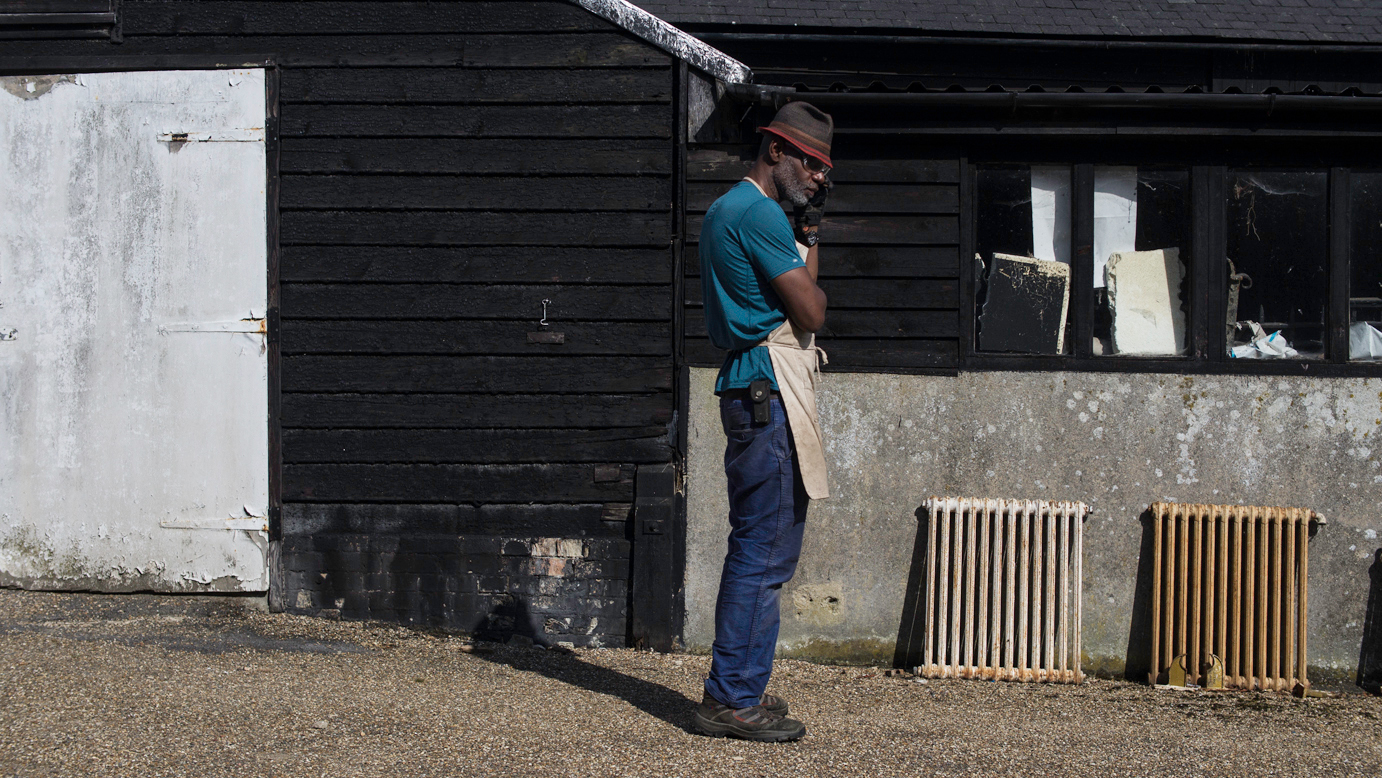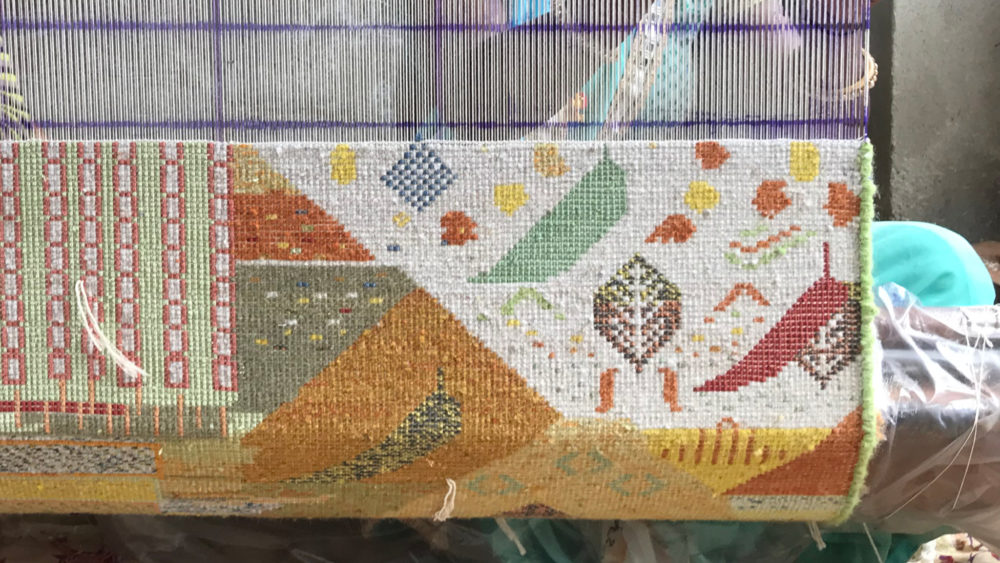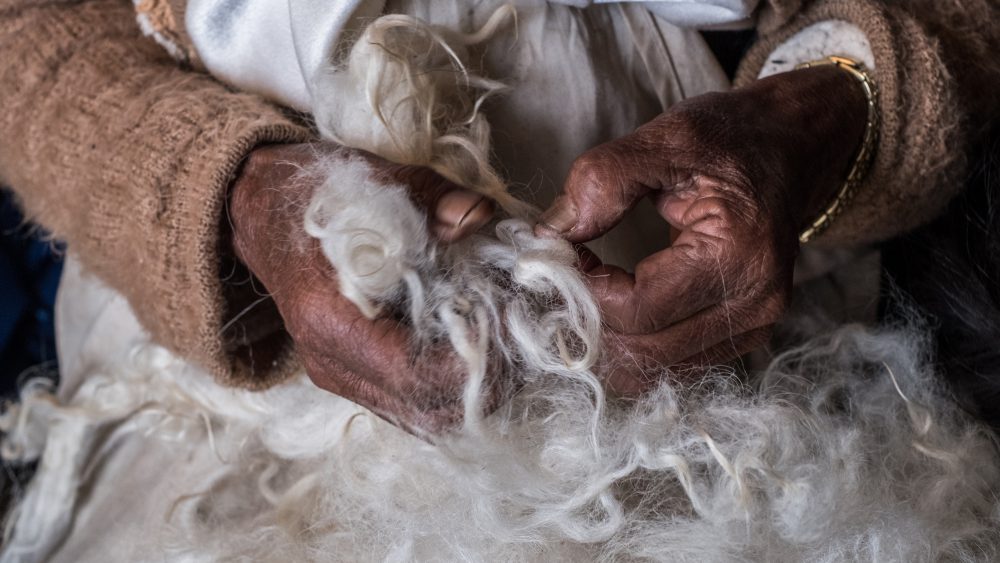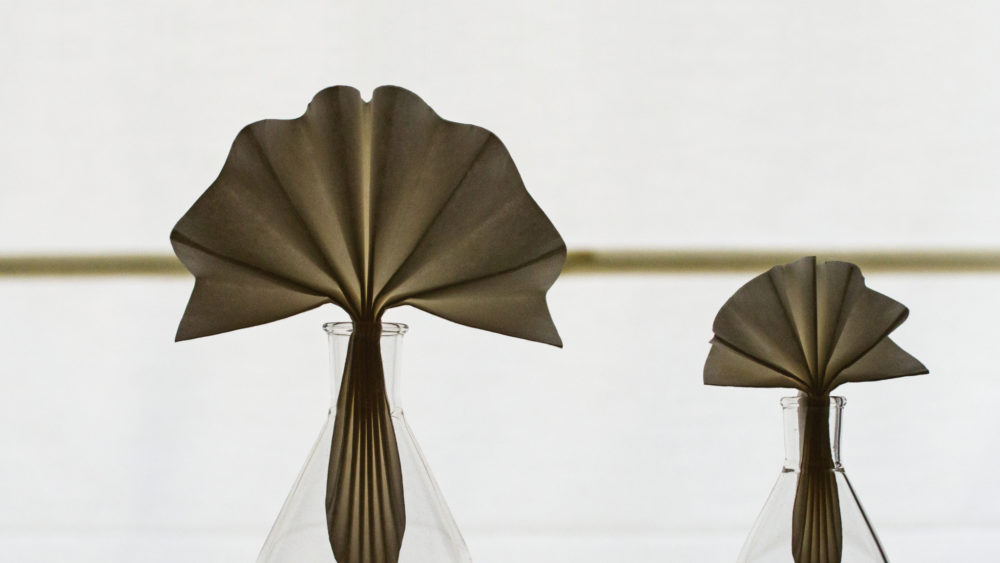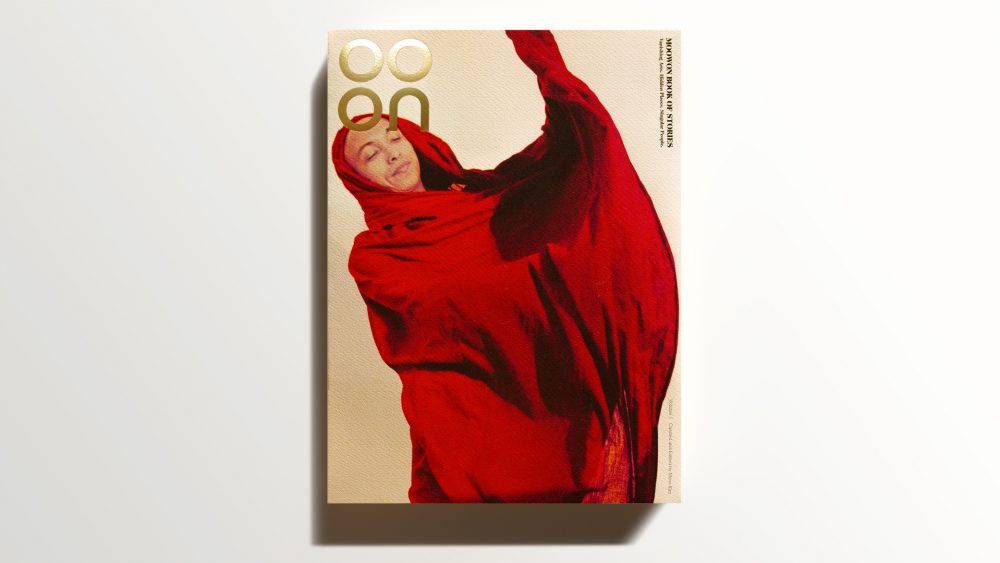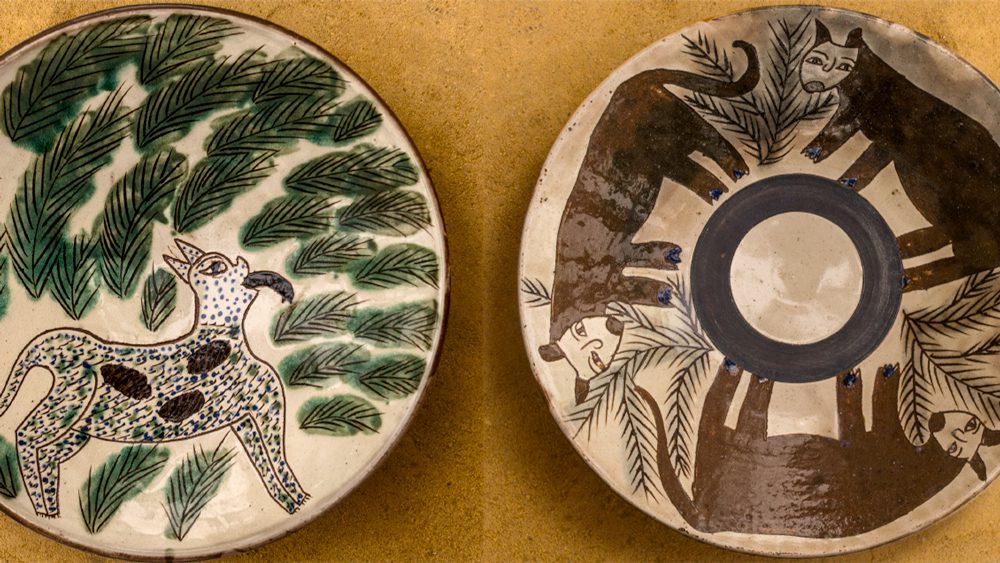Thirty-five miles north of London in Hertfordshire. An idyllic pond with ducks. A black-brown colored farm situated in the midst of the English countryside in its wildest glory. Clusters of stark Amish-like barns. A hangar-toolshed spacious enough to fit a few private planes houses timber and mini trailers. Sunlight-raised chickens and technicolored roosters. This place is Stonards Farm, where hippy-potted plants, miniature greenhouse, vintage trailers, imposing timber, and hefty machinery appear to co-exist in an untamed manner.
Once in a while, one may spot a man of basketball player stature clad in a dandy hat and an apron appear then vanish behind the doors and in between the barn clusters. Yet at Stonards Farm, nature and man-made artifacts seem to merge to reveal a hidden order that prevails where John Alfredo Harris' work transpires.
John is a self-taught artisan and designer who works with one of the most beautiful materia prima, Wood. His voluptuous vessels and furnitures embody something extraordinarily primal, where often, the identity and the origin of the wood are left transparent, raw, pure, and intact. Though most of his impeccable creations eventually dwell in the contrasted settings of art exhibitions, private homes of sensitive patrons, and luxury stores and boutiques, the natural setting of his work and living quarters is where John draws his unobstructed inspiration.
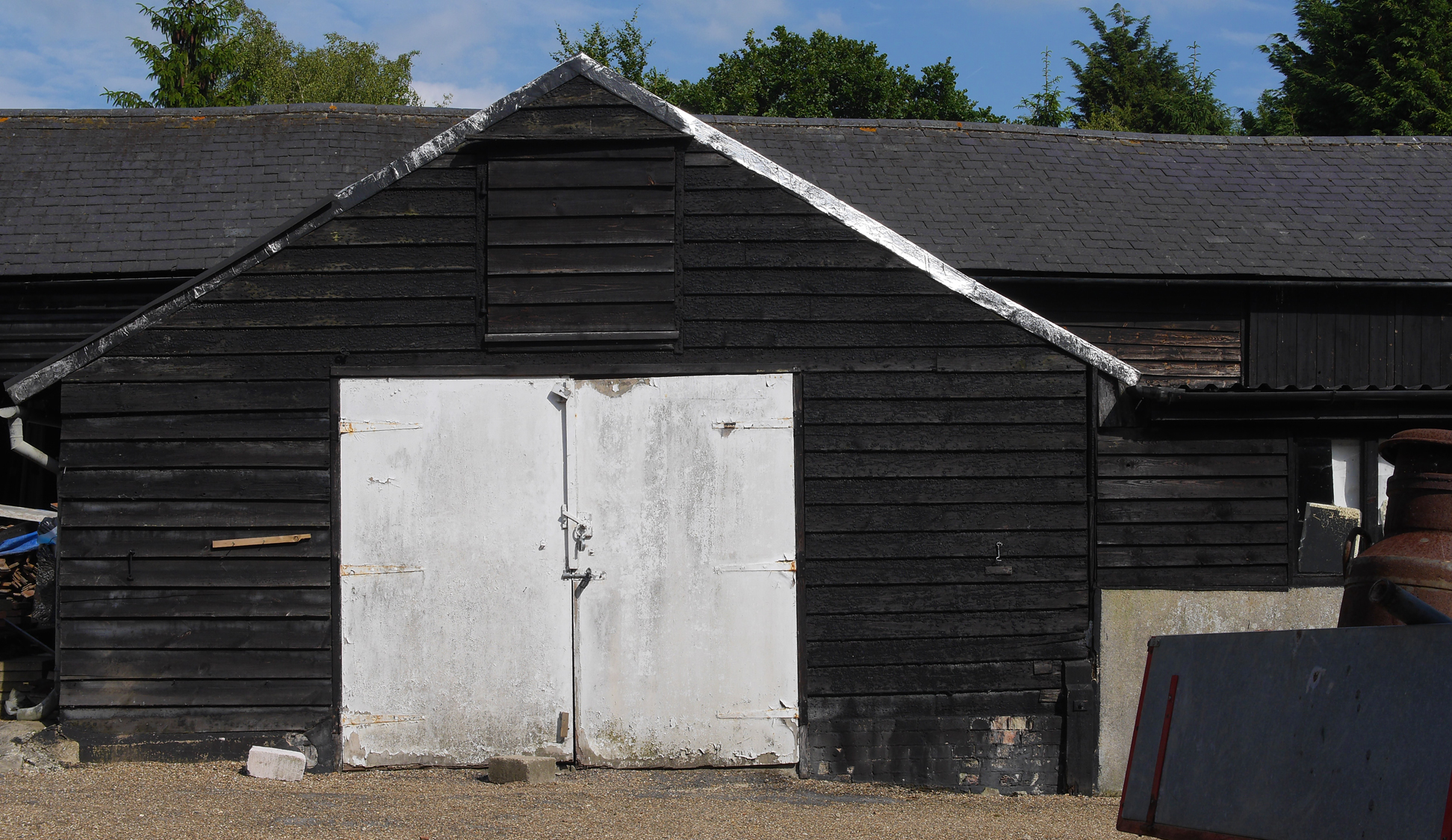
MOOWON: When did you and Wood become mates?
JOHN ALFREDO HARRIS: I got into woodwork when my son was born. We used to live in London and decided to move out to the countryside, to a place that was much more remote than this. Some of the barns there were stacked with timber and I decided to make a coffee table. And it kind of started from there. Though that first table was not what one would call beautiful, it was the genesis of my affinity to woodworking.
I originally studied horticulture and worked as a landscaper/gardener. But a happenchance response to a friend who needed help with fashion styling got me into that line of work. So it was really an "accidental" profession, and I ended up doing it for bloody years! You get used to the money, the clothes, and that whole world of course, but there's really no fulfillment in it¾at least in the artistic sense.
MOOWON: Your objects are very organic in nature. Do you consider this to be your signature?
JOHN: Ideas and inspiration stem from what you observe around you, and I like to evolve constantly. I know that in about five to ten years, nothing that I'm making will look the same as it does today. But that doesn't mean just going with the flow because you still have to plan, draw, and observe. You can't stand still, because, if you do, you will remain a youngling as far as makers or artists go, kind of like the Rolling Stones of "furniture land" who have been creating the same tunes for 30 years. That's not my intention. The process of your development has to be natural. One cannot force a direction. In other words, one should be allowed to evolve.
( VIDEO BELOW )
See
John at work
in his beautiful
environment
To enjoy the full story, become a Member.
Already a Member? Log in.
For $50/year,
+ Enjoy full-length members-only stories
+ Unlock all rare stories from the “Moowon Collection”
+ Support our cause in bringing meaningful purpose-driven stories
+ Contribute to those in need (part of your membership fee goes to charities)
EDITING: COPYRIGHT © MOOWON MAGAZINE /MONA KIM PROJECTS LLC. ALL RIGHTS RESERVED.
PHOTOS, VIDEOS, TEXT: COPYRIGHT © MONA KIM / MOOWON MAGAZINE. ALL RIGHTS RESERVED.
TO ACQUIRE USAGE RIGHTS, PLEASE CONTACT US at HELLO@MOOWON.COM
